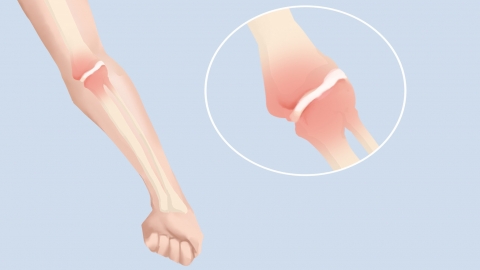What are the effects of standing for 10 hours a day?
Standing for 10 hours a day may generally lead to varicose veins in the lower limbs, joint injuries, back pain, poor blood circulation, and fatigue. If any abnormalities occur, timely medical attention is recommended. Detailed explanations are as follows:

1. Varicose veins in the lower limbs: Prolonged standing impedes venous blood return in the legs, causing sustained elevation of venous pressure. This gradually leads to dilation and deformation of the blood vessel walls, manifested as protruding blue veins and discomfort such as leg heaviness and soreness. In severe cases, skin pigmentation or ulcers may develop.
2. Joint injuries: The knee and ankle joints continuously bear the body's weight, and the cartilage and joint capsules undergo repeated compression and friction, making them prone to wear or inflammation. This presents as joint pain and stiffness, and long-term effects may lead to chronic conditions like arthritis.
3. Back pain: The back muscles must remain tense during standing to maintain balance. Prolonged standing can lead to muscle fatigue and spasms, resulting in lower back pain. Severe cases may affect the physiological curvature of the spine and increase the burden on the lumbar vertebrae.
4. Poor blood circulation: Slow venous return in the lower limbs may cause leg swelling and numbness. At the same time, the heart must work harder to maintain circulation, increasing the burden on the cardiovascular system, with potential long-term effects on cardiovascular function.
5. Fatigue and weakness: When the body's muscles remain tense for extended periods, energy consumption increases, leading easily to physical exhaustion and mental fatigue. This may affect work efficiency and daily life, potentially causing reduced sleep quality.
For long periods of standing, it is important to take regular breaks, move the legs to promote blood circulation, wear comfortable shoes with pressure-relieving insoles, and use medical compression stockings if necessary. If persistent pain or unusual symptoms occur, timely medical evaluation is advised.





